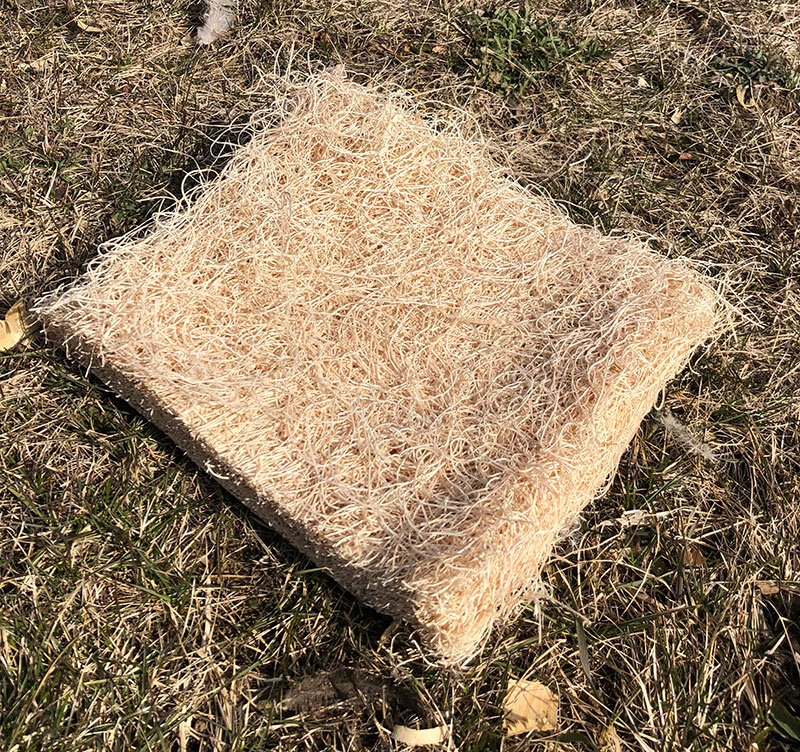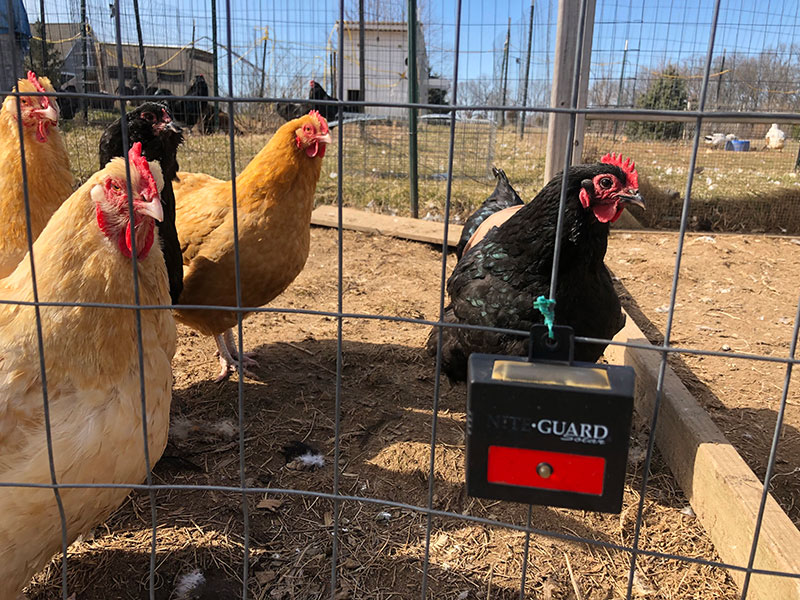
I might actually be a positive influence, my friend Rich joked the other day. After hearing me go on and on about my chickens—and after discovering that my iPhone contains more photos of my birds than of my kids—he and his wife Cheryl decided to start their own backyard flock. “What should we get?” he asked. “What would you get if you were just starting out?”
What would I get? Oooooh boy. It’s not the first time that someone has wanted to know what I consider essential poultry purchases. With spring chick season finally here, I’ll share my list of top five must-haves for anyone contemplating dipping their toes—or plunging head first—into the world of chicken ownership.
1. Collection Basket

Over the years, my kids and I have utilized multiple ways to bring eggs in from the coops. We’ve carried them in our hands. We’ve popped them into our pockets. We’ve toted them in empty feed buckets. And we’ve always managed to break one, if not more, when we use anything other than our collection basket. Made specifically for gathering eggs, a collection basket consists of heavy-duty wire coated with thick plastic that gently cushions those delicate ovals. Collection baskets come in an assortment of sizes. We have two: a small one we keep close at hand and a humongous one I bought early in our poultry-keeping days that would require 200 hens’ best laying efforts to fill.
2. Nest Pads

The problem with giving hens straw for their nests is that most of it will get kicked out of the nestbox as each girl settles herself down to lay. We line our coop nestboxes with nest pads, manufactured from pressed natural fibers that look and feel like straw. The fibers are attached to a sturdy paper backing that not only keeps the straw-like strands together but also serves as a mat, making cleaning out your nest box as easy as picking up the pad and shaking it out. Plastic nest pads are also available but our girls have shown a distinct preference for the comfort of the long-lasting natural pad.
3. Panel Heaters
We live in Michigan, where winter tends to end in May and start back up again in September. During those brutal months, temperatures can easily plummet below 0 degrees F, and the savage wind chill can drive the temps even farther into the negative numbers. Keep your coops—and your chooks—safely heated by installing panel heaters. These flat panels mount flush to the wall or ceiling and use infrared radiant heating to keep the coop interior cozy even on the most bitter winter day. A huge plus: The panels remain cool to the touch, so your birds won’t suffer singeing or burns should they brush up against the surface. No rigging of heat-lamp chains necessary, no hot bulbs that might shatter and cause fires. Heating panels are also perfect for chick brooders, maintaining the high temperatures little peepers require in the first few weeks of life.
4. Nite Guards

Regardless of whether you live in a city such as Madison, Wisconsin, a suburb such as Ann Arbor, Michigan, or a rural, agricultural Nebraska zone, as a poultry owner you will soon come to know all the nocturnal predators that populate your area. Raccoons, opossums, mink, coyotes and feral cats all range throughout most of North America, and all would love to sink their teeth into your birds. There are many precautions you can take to safeguard your chickens against these carnivores. The one we have found to be the most effective is the Nite Guard. From dusk to dawn, this compact, solar-powered device flashes a bright red light that mimics the eyes of another predator, keeping curious wildlife away. Our Nite Guards are hung on our coop fencing at raccoon and coyote eye level and, since their installation, we have yet to experience a nocturnal attack on our flocks.
5. Blu-Kote

Chickens are like kids. They amass an amazing number of abrasions, lacerations and other injuries, leaving us perplexed as to where and how on Earth they managed to get hurt. Typically, bird booboos are best left alone to heal but, every now and then, these gashes and lashes require our attention. Whenever I’ve had to offer my flock members first aid, Blu-Kote has been an indispensable part of that treatment. This spray-on antiseptic is an antibacterial, antifungal wound dressing that seals cuts, lesions and other surface injuries. The most difficult part of its application is getting the bird to stand still long enough to spray the injury. It takes only a few seconds and definitely beats wrestling with a rooster to apply ointment to a bleeding comb.
If I had to choose a sixth item to recommend to newbie chicken owners, it would definitely be an external hard drive. Even experienced flock owners find themselves watching their birds for hours, immensely entertained by the antics occurring in the runs. You’ll be surprised by how many photos you take of your flock—and you’ll need somewhere to store them if you want to avoid being teased by your friends about where the photos of your kids are.




